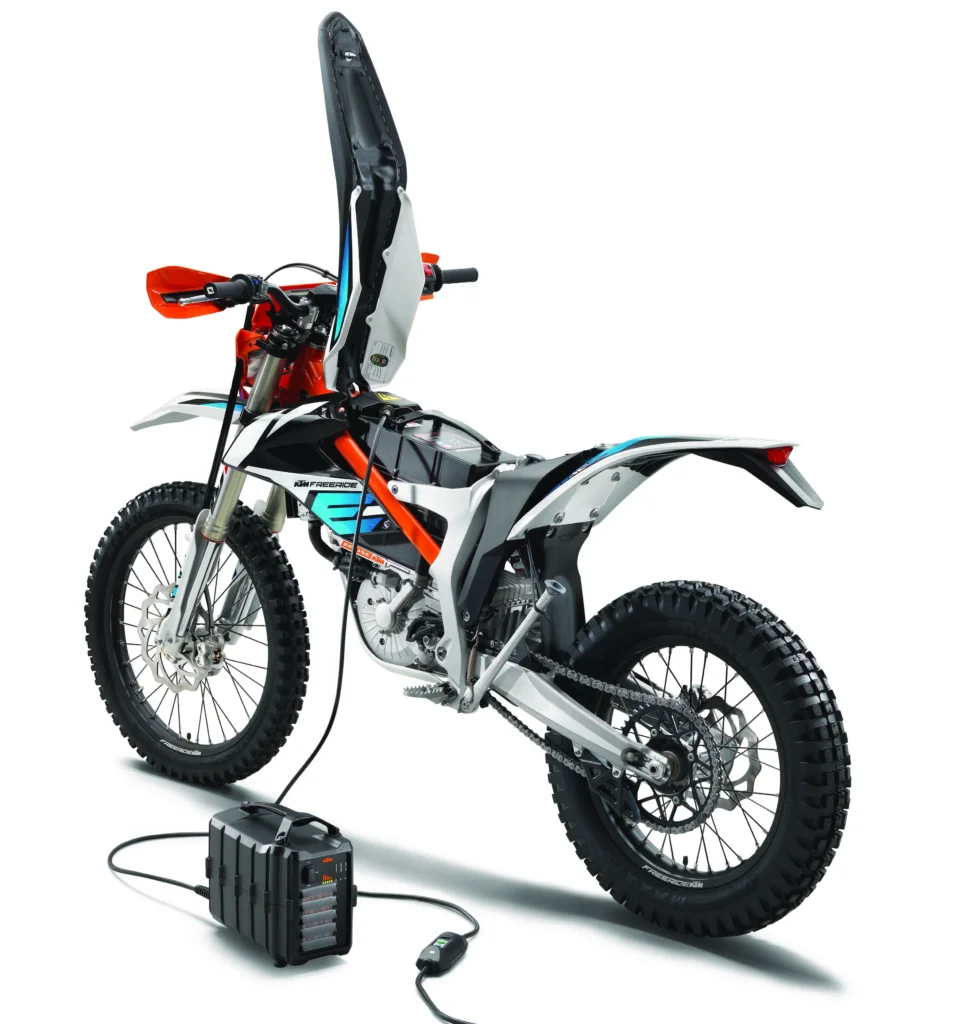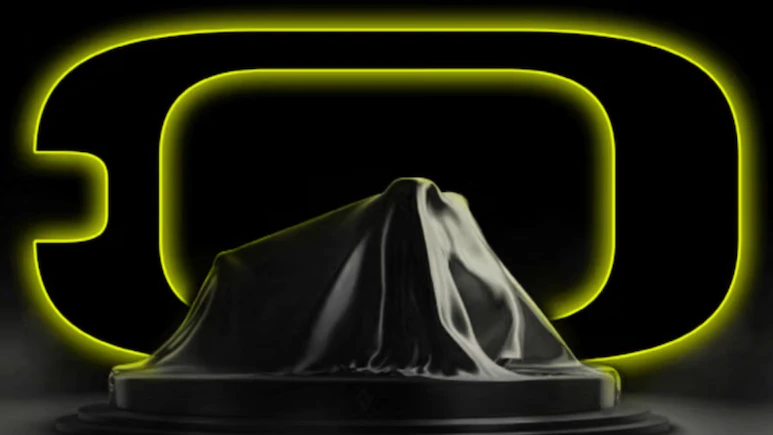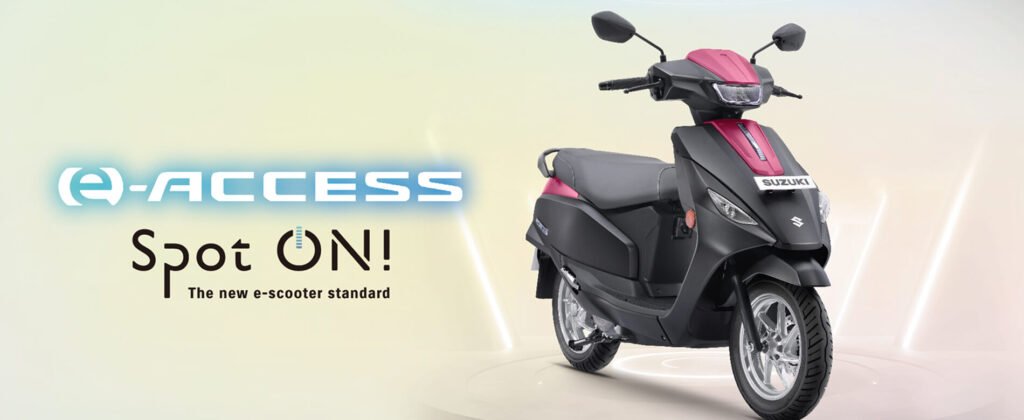Even as KTM grapples with financial restructuring and scaled-back production, the Austrian powerhouse is laser-focused on innovation. Recent patent filings reveal two game-changing concepts: an electronically assisted supercharger for ICE engines and a versatile EV range extender. These developments, uncovered in the past week, underscore KTM’s strategy to enhance performance, efficiency, and range across its lineup, blending traditional thrills with electrification. The filings come at a time when superchargers are experiencing a renaissance in motorcycling, with Yamaha and Honda advancing their own electric-assisted variants.For KTM, these patents aren’t just defensive plays—they’re proactive steps toward compliant, high-output machines amid tightening emissions rules.
Electrically Assisted Supercharger: Smarter Boost for Lighter Bikes
KTM’s supercharger patent describes a hybrid electromechanical system that eliminates low-RPM lag while prioritizing weight savings and energy recovery. At its heart is a roots-style compressor mechanically linked to the crankshaft for primary drive, but augmented by an integrated electric motor for instant spool-up during low-rev scenarios, such as off-idle acceleration or gear shifts.
Unlike Honda’s fully electric design, which demands a hefty battery to sustain operation, KTM’s setup allows the motor to double as a generator once engine speeds rise. This regenerative mode feeds power back to the bike’s electrical system, reducing the need for oversized batteries and shaving precious kilograms—crucial for agile sportbikes like a future 790 Duke.
Advanced software orchestrates mode switches, factoring in throttle position, RPM, and load for seamless transitions.The payoff? A powerplant that delivers KTM’s expected ferocity—potentially boosting outputs by 20-30%—while improving fuel efficiency and slashing emissions through denser air-fuel charges.
This could revive forced induction in mid-capacity engines, bridging the gap to turbo tech without the associated lag, and positioning KTM favorably against rivals chasing Euro 7 compliance.
EV Range Extender: Modular Top Box Tackles Touring Woes
Extending the emissions-reduction theme to electrics, KTM’s second patent proposes a clip-on “top box” range extender to conquer one of EVs’ biggest barriers: real-world range for adventure riders. Shaped like standard luggage, this modular unit houses interchangeable power sources, allowing customization for urban sprints or cross-continent jaunts.
KTM outlines three configurations:Petrol Micro-Generator: A compact ICE-alternator combo that trickle-charges the main battery on demand, akin to a serial hybrid setup. It could extend range by 150-250 km, ideal for off-grid exploits where outlets are nonexistent.
Swappable Battery Packs: Dual slots for removable cells, enabling quick hot-swap at compatible stations—leveraging emerging shared-battery networks for minimal downtime. Fuel Cell Module: An unspecified type, presumed hydrogen PEM (proton exchange membrane), generating electricity from stored fuel without combustion. While zero-emission in operation, its viability hinges on infrastructure; the UK, for instance, has only about 16 operational hydrogen stations as of late 2023, with modest growth projected into 2025—far outpaced by over 85,000 electric chargers nationwide.
The patent’s breadth suggests early-stage ideation, with no firm power source selected, hinting at years before production. Yet, it builds on KTM’s electric foundations, like the Freeride E, potentially transforming a base 125 e-Duke into a 400+ km tourer.
Innovation Amid Adversity: KTM’s Path Forward
These patents emerge as KTM stabilizes post-insolvency, with Pierer Mobility ramping output in Austria and India via Bajaj partnerships. They reflect a pragmatic hybrid ethos—greening ICE while bolstering EVs—to sustain the brand’s “Ready to Race” DNA in a decarbonizing world.
Prototypes may surface by 2027, but for now, they fuel speculation: Could we see a supercharged RC 8C or an extended-range EXC-E? In turbulent times, KTM’s dreaming big isn’t escapism—it’s the blueprint for resurgence.



